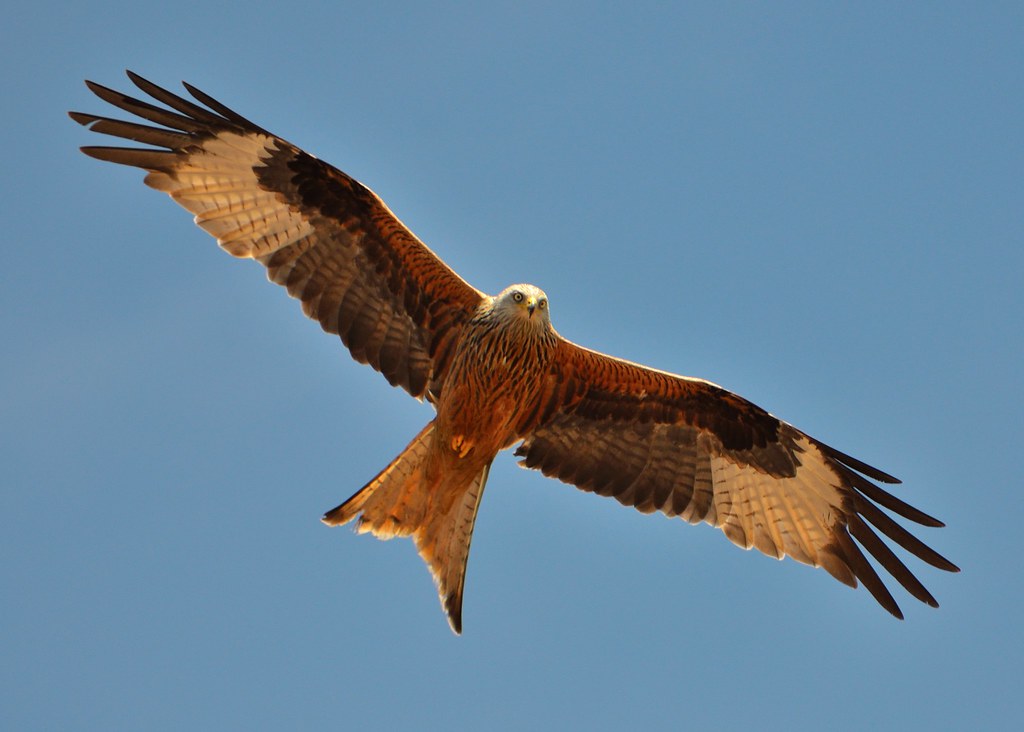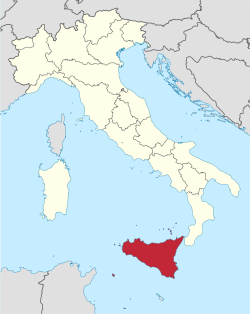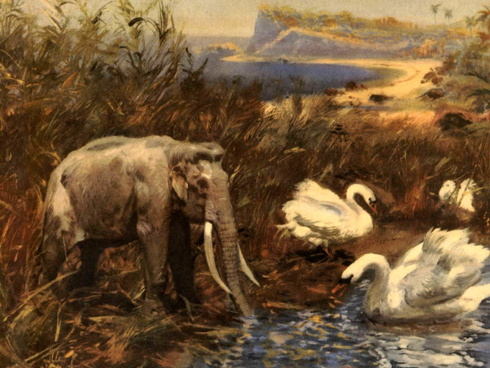Over the past few weeks I read The Sicilian by Mario Puzo, author of the famous Godfather series. He also wrote the screenplays for The Godfather and Christopher Reeve Superman movies. His early novels were critically acclaimed but didn’t sell, so a publisher suggested he write a novel that focused on the mafia. In his earlier novels the mafia played just a small role. He followed this advice only to see The Godfather rejected 20 times before he finally found a publisher. The Sicilian is every bit as good, and I’m surprised it hasn’t been adapted for the cinema. Mario Puzo doesn’t describe the nature of Sicily much in his novel. He does describe the island as quite arid, and he frequently mentions the “red hawks” soaring in the sky. As a supplement to enjoying this novel I engaged in a brief study of Sicily’s natural history.
The “red hawks” referred to in his book were probably red kites (Milvus milvus), a threatened species.
Location of Sicily.
Sea level fluctuations during the Pleistocene led to intermittent land bridges connecting Sicily to mainland Europe and as a consequence Sicilian flora and fauna descend from species arriving from that continent. The location of the island in the Mediterranean Sea moderated climate, and species that disappeared from most of Europe during severe Ice Ages found refuge on Sicily. The region is now known for mild wet winters and hot dry summers. Average annual temperatures were likely slightly cooler during stadials. Myrtle, oak, and cork trees covered lower elevations, while oak-beech forests occupied higher elevations. Volcanic mountains and abundant rivers vary the landscape.
Species of large animals living on Sicily during the late Pleistocene included bison, aurochs, horse, fallow deer, red deer, roe deer, wild boar, brown bear, cave lion, hyena, wolf, and giant tortoise. 2 unique species lived on the island then–a dwarf elephant (Palaeoloxodon mnaidriensis) and the dwarf Sicilian hippo (Hippopotamus pentlandi). The dwarf elephant was closely related to the extant Asian elephant. It weighed just 3000 pounds, and the species also occurred on the nearby island of Malta. Both the dwarf elephant and the Sicilian hippo became extinct shortly after man colonized Sicily about 14,000 years ago.
Artist’s depiction of P. mnaidriensis along with a few swans. I don’t believe it is drawn correctly to scale, unless this is the depiction of a juvenile. Dwarf elephants were small but they weren’t this small.
People gradually eroded the quality and quantity of wildlife on Sicily, and they utterly destroyed the natural ecosystems. Most of the island was deforested during Roman rule, leading to prolonged droughts, and the last wolves were exterminated during the 1920s. Though 150 species of birds live on the island, including flamingoes and several species of eagles, many are endangered. However, the island is home to Nebrodi Mountains National Park where roe deer, wild boar, hares, Eurasian red squirrels, crested porcupines, wild cats, and foxes still roam. Small towns founded during the Byzantine Empire are scattered throughout the park, and farmers keep rare breeds of horses and black pigs here. The oldest chestnut tree in the world (more than 2000 years old) grows on Mt. Etna.
I’m going to read a book about the human history of Sicily next and will write a blog article about it when I’m finished.
Reference:
Bofiglo, L. et. al.
“Bio-chronology of Pleistocene Vertebrate Faunas of Sicily and Correlation of Vertebrate Bearing Deposits with Marine Deposits”
Il Quaternario 16 (1BIS) 2003
Tags: dwarf elephant, dwarf hippo, Mario puzo, Pleistocene flora and fauna of Sicily



May 21, 2019 at 3:24 pm |
Those red kites..would look right at home..flying fish catching manouvers..over our landscape. Well..ok..bird watch here would pretty much..wet their pantaloons..seeing such a specie. Hopping off to look up the oldest chesnut tree picture. Thanks much.